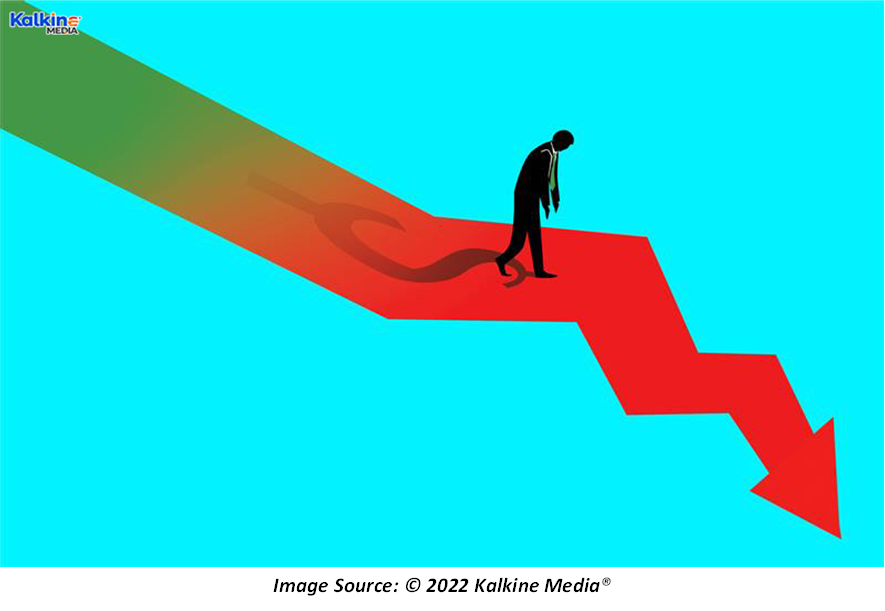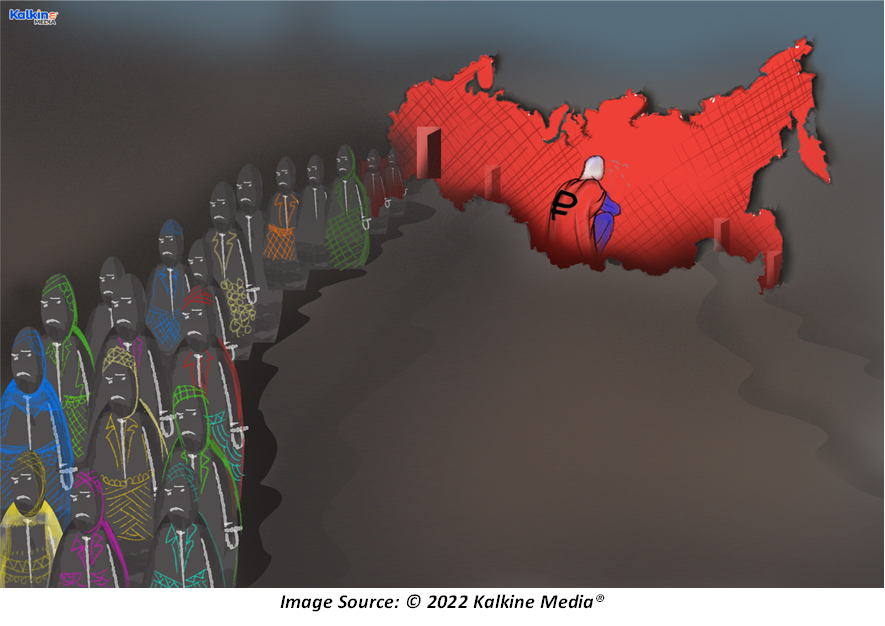Highlights
- The economic costs of war are often well-known and apparent, unlike emotional and psychological costs.
- War-related costs increase with time and can even make it difficult for economies to recuperate from the losses.
- Large scale borrowing, scarcity of consumer goods and high inflation levels are some of the common outcomes of war.
As worrisome events unfurl from the Russia-Ukraine conflict, most individuals are left wondering what the aftermath would bring. The emotional and psychological torment caused by wars is hard to compute and is often neglected by those who are responsible for its occurrence. However, the economic costs of war are often well-known and apparent and can be crucial in understanding the actual destruction caused by such events.
Several pieces of research have shown that wars bring with them a wave of mass destruction and staggering financial losses that can shake economies to the core. These costs only increase with time and can even place economies in a tough spot to recuperate from the losses. Most importantly, wars lead to highly inefficient usage of existing resources, leaving countries dry and longing for financial aid.
To fully understand the impact of war, it is important to study all its economic costs. When calculated from a financial standpoint, these costs can help avoid wars and provide some perspective about the financial disruption that awaits a war.
DO NOT MISS: Ukraine crisis: BP, Shell and other big names that have exited Russia
Here are a few key economic costs associated with wars:
Large-scale borrowing
Countries often rely on heavy borrowing to finance the enormous costs of war. Governments spend large amounts of money to buy artillery ammunition and even set up industries to manufacture war equipment. Government treasuries alone cannot finance these expenditures. Thus, they take on debt, even after the war is over, to recover from it.
Russia- Ukraine Crisis: Has Putin lost the war already?
There is ample evidence in history suggesting that many countries became debt-laden after World Wars I and II. These countries saw increasing national debt, rising budget deficit and a large sum of future interest payments, which would have to be financed from an already tight budget.
The massive opportunity cost of producing war equipment
In economics, an opportunity cost of picking an option is the next best alternative forgone to purchase it. For instance, if an individual chooses to work extra days for additional income instead of a vacation, then the vacation is the opportunity cost of working those extra days.
In a war scenario, the opportunity cost of producing tons of military equipment and putting all resources into war is a better utilisation of resources to produce more beneficial goods. Countries engage themselves in the production of destructive material instead of seeking more ways to become prosperous. Overall, wars lead to a decline in the gross domestic product across the globe.
What Are Economic Costs Of A War? Russia-Ukraine Conflict
Scarcity of consumer goods
Another significant ill-effect of war is the large-scale scarcity of food and essential goods in the economy. The widespread destruction caused by wars leads to a loss of existing resources and hampers the production of discretionary goods.

Without proper food and essential goods, there are high chances of epidemic breakouts. Additionally, famines and large-scale poverty are common possible events in those nations that are unable to sustain themselves from war. Therefore, booming economies, which have been producing enough to meet domestic and foreign demand, are at risk of becoming poverty-stricken nations.
ALSO READ: Russia-Ukraine war impact on Asian economies
Inflation
A direct outcome of the scarcity of resources is a high level of inflation, even across the most common consumer goods. Some governments have made the mistake of printing more money to meet the growing costs in the past. However, this led to widespread inflation in those economies.
Additionally, as oil becomes more expensive during wars, its subsequent effect is felt on the prices of almost all goods and services. In the current context, pressures on oil prices are even higher as Russia is a global exporter of oil. Any disruptions on the domestic grounds would be felt across other countries through rising crude prices.
More number of unemployed people
During a war, many citizens pick up weapons to defend the country. However, once the war settles down, returning soldiers are in need of employment. Since it is not as easy to move back to traditional employment methods, many fear that modern-day wars can lead to the disruption of jobs and an overall disturbance of equilibrium.

The same was observed during the end of the First World War as unemployment rates rose across Germany. There is no single way to emerge out of a situation as devastating as a world war. Thus, settling into the usual balance of employed and unemployed could take years.
GOOD READ: US bans Russian airlines, Aeroflot asked to return leased planes



